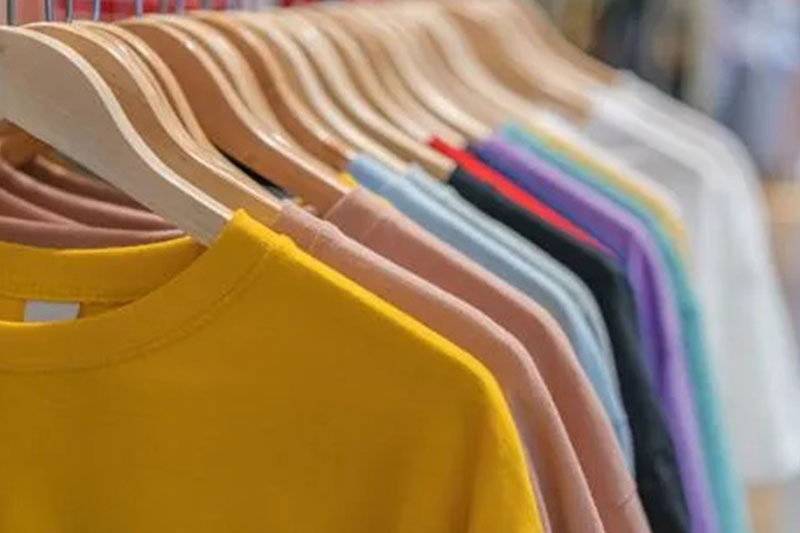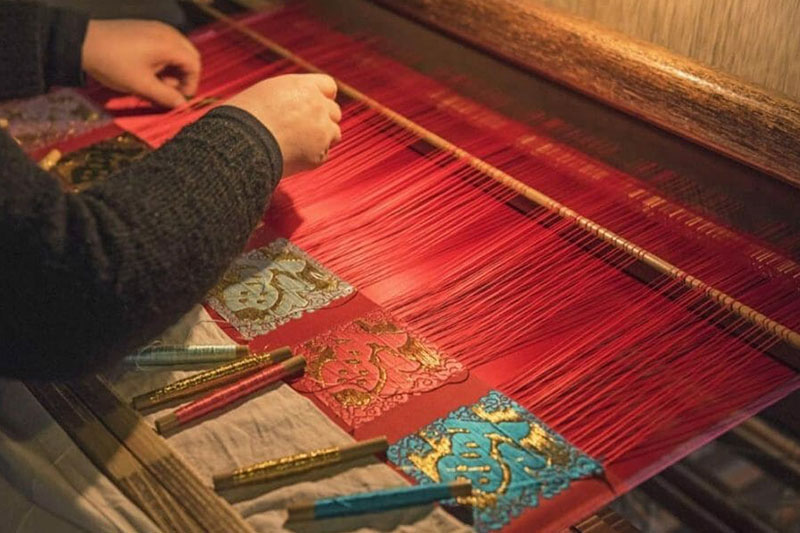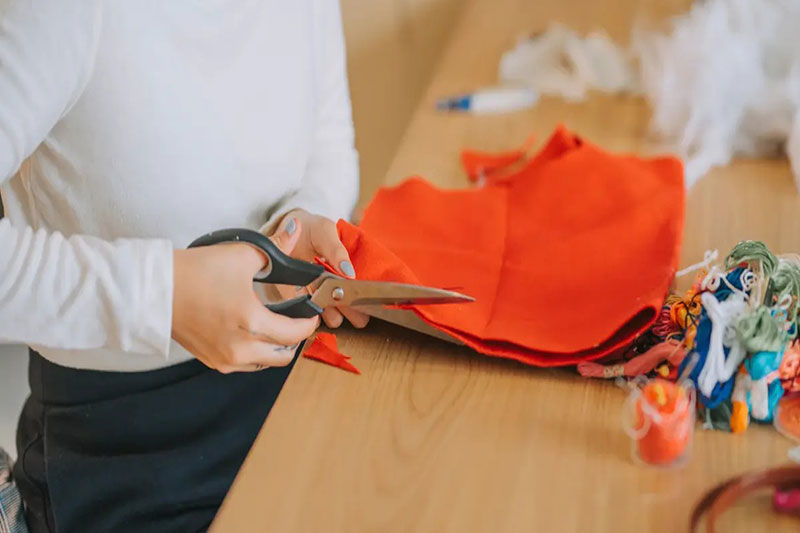How to Start a Garment Manufacturing Business in India?

India’s textile and garment industry has always been a major contributor to the country’s economy, offering vast opportunities for entrepreneurs. With the growing demand for both traditional and modern fashion, starting a garment manufacturing business in India can be highly lucrative—if done right.
Whether you’re an aspiring entrepreneur or an established player looking to diversify, this guide will walk you through the step-by-step process of setting up a garment manufacturing unit in India.
1. Understanding the Garment Manufacturing Industry
India is the world’s second-largest textile and apparel producer. The domestic market is booming due to increasing disposable incomes and a growing middle class. On the global stage, India’s skilled workforce and abundant raw materials make it an attractive destination for garment manufacturing.
But it’s not just about setting up a factory. The business involves understanding market trends, sourcing raw materials, ensuring quality control, and staying competitive on pricing.
2. Create a Business Plan
A clear business plan lays the foundation for your success. Your plan should include:
- Business Model: Decide whether you will produce for other brands (B2B) or develop your own fashion label (B2C/D2C).
- Product Range: Choose what types of garments you want to manufacture—casual wear, formal wear, kidswear, activewear, ethnic wear, etc.
- Target Market: Define your customer base. Are you focusing on domestic retail chains or international exports?
- Production Capacity: Estimate how many garments you plan to produce daily/monthly based on market demand.
- Pricing & Profitability: Calculate your production costs and pricing strategy to ensure a good profit margin.
- SWOT Analysis: Identify your strengths, weaknesses, opportunities, and threats to plan accordingly.
3. Choose the Right Location
Your location plays a significant role in the success of your manufacturing unit. Key considerations include:
- Proximity to Raw Materials: Reduces transportation costs.
- Access to Skilled Labor: Cities like Tirupur, Ludhiana, and Surat are textile hubs with trained workers.
- Connectivity: Ensure good transportation and logistics for raw material supply and finished goods distribution.
- Cost of Operations: Rent, utilities, and labor costs vary by location. Balance affordability with accessibility.
4. Legal Formalities & Registration
Register your business to operate legally in India. Here’s what you need:
- Choose a Business Structure: Proprietorship, Partnership, LLP, or Private Limited Company.
- GST Registration: Required for taxation on goods and services.
- Factory License: Obtain a license under the Factory Act, 1948, if you’re setting up a factory.
- Trade License: From the local municipal authority.
- Import Export Code (IEC): If you plan to export garments.
- ESI and PF Registration: Mandatory if you employ more than 10 people.
Consult a legal advisor or CA to ensure you comply with all local and national laws.
5. Capital & Funding
Starting a garment manufacturing business requires significant capital investment. The major costs include:
- Factory Space: Purchase or rent of manufacturing premises.
- Machinery & Equipment: Sewing machines, cutting machines, embroidery machines, ironing equipment, etc.
- Raw Material: Fabrics, threads, trims, buttons, zippers, etc.
- Labor Costs: Hiring skilled workers.
- Utilities & Overheads: Electricity, water, maintenance, etc.
Funding Options:
- Self-financing
- Bank loans (MSME loans are beneficial for small businesses)
- Government schemes like the TUFS (Technology Upgradation Fund Scheme) and MUDRA Loans
- Private investors or venture capital
6. Machinery & Equipment Setup
The type of machinery depends on your product range and production volume. Common machines required include:
- Cutting Machines
- Sewing Machines (single needle, overlock, flatlock, etc.)
- Embroidery Machines
- Button Hole and Button Stitch Machines
- Ironing and Finishing Equipment
- Quality Control Tools
Invest in modern, energy-efficient machinery to increase productivity and reduce costs.
7. Hire a Skilled Workforce
Your team is the backbone of your manufacturing unit. You’ll need:
- Tailors and Stitchers
- Cutting Masters
- Pattern Makers
- Quality Controllers
- Supervisors
- Packaging Staff
- Administrative Staff (HR, Accounts, etc.)
You may also need designers if you plan to create custom collections.
Offer training programs to enhance skills, maintain quality standards, and improve efficiency.
8. Raw Material Sourcing
High-quality raw materials are crucial for success. Partner with reliable suppliers of:
- Fabrics (cotton, silk, polyester, denim, etc.)
- Threads
- Accessories (buttons, zippers, laces)
- Packaging material
Negotiate bulk purchase rates for better margins and ensure timely delivery to avoid production delays.
9. Production Process & Quality Control
An efficient production line is key. Set up a workflow for:
- Fabric inspection
- Cutting
- Stitching
- Printing/Embroidery (if needed)
- Finishing (ironing, trimming)
- Quality Control
- Packaging
Quality Control (QC) is non-negotiable. Implement strict QC at every stage to ensure customer satisfaction and reduce returns/rejections.
10. Marketing & Sales Strategy
Once you’re ready to roll out products, marketing is crucial. Strategies include:
- B2B Sales: Approach fashion brands, retailers, and wholesalers.
- B2C/D2C Sales: Launch your own fashion brand. Create an e-commerce website, and sell on platforms like Amazon, Myntra, Flipkart, etc.
- Exports: Participate in textile fairs like Gartex Texprocess, and India International Garment Fair.
- Digital Marketing: Use social media, SEO, and influencer marketing to increase brand visibility.
- Offline Presence: Distributors and retail partnerships.
11. Scaling the Business
As your business grows, focus on scaling:
- Increase Production Capacity: Invest in more machinery and expand factory space.
- Diversify Products: Add new product lines like accessories, home textiles, etc.
- Explore Export Markets: Middle East, Europe, and North America have high demand for Indian garments.
- Sustainability: Incorporate eco-friendly practices to attract conscious consumers.
Conclusion
Starting a garment manufacturing business in India is a promising venture, but it requires meticulous planning, significant investment, and continuous quality improvement. India’s rich textile heritage, combined with modern technology, makes it an exciting space for entrepreneurs.
By following these steps—right from creating a business plan to scaling your operations—you can build a successful garment manufacturing business that caters to both domestic and global markets.
To explore the latest innovations in textile and garment manufacturing, visit Gartex Texprocess India 2025.
The Mumbai Edition will take place from 22-23-24 May 2025 at Jio World Convention Centre, Bandra Kurla Complex, Mumbai, while the Delhi Edition is scheduled for 21-22-23 August 2025 at Bharat Mandapam (Pragati Maidan), New Delhi.
Join industry leaders, manufacturers, and innovators to stay ahead in the ever-evolving textile and apparel sector!
More News
How to Identify Authentic Indian Handloom Products?
Indian handloom products are a timeless testament to the country’s rich cultural heritage and craftsmanship. From luxurious Banarasi silks to timeless Khadi…View More
How to Reduce Textile Waste in Garment Production?
Textile waste has become a growing concern in the garment industry, with significant environmental and economic impacts. As businesses and consumers become…View More
The Digital Transformation of Textile Production
The shift from traditional textile printing to digital fabric printing has unlocked a world of new possibilities for producers and designers alike.…View More
Recap of India’s Garment Industry in 2024: A Year of Growth and Transformation
As 2025 begins, India’s garment industry has experienced significant growth, overcoming challenges and embracing new opportunities in 2024. From technological advancements to…View More
Sustainable Textiles: Redefining the Future of Industry
The garment and textile industries are undergoing a major transformation. Long criticized for their environmental toll—ranging from excessive water use to reliance…View More
Download
Register Now
Recent Posts
Show Countdown
DELHI
Bharat Mandapam (Pragati Maidan), New Delhi, India
- days
- Hours
- Minutes
- Seconds
MUMBAI
Jio World Convention Centre, Bandra Kurla Complex, Mumbai







